I had so many questions as I was planning my first trip to India. I knew the culture was going to be much different from the USA, and even though I was expecting a shock, I did NOT realize how much of one I would get 😳
Of course, I mean “shock” in a scary, yet also an exciting way. That’s what I love about India, you are constantly surprised and the culture shock has taught me a lot.
After my first trip and having lived here for over 7 months, I have learned many things. While I’m no travel professional, I hope these 101 Do’s and Don’ts for your India Trip, will help you have one of the best trips of your life.
Preparing for Your India Trip
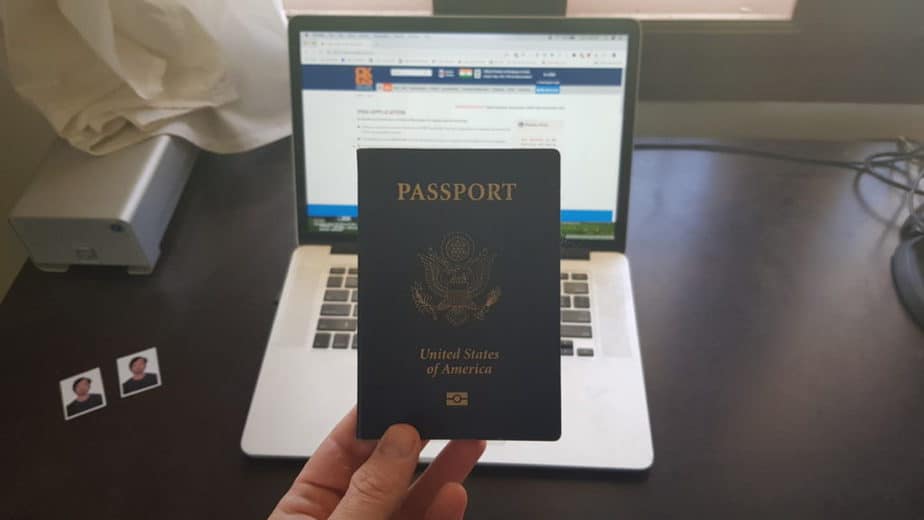
Documentation
Most people going to India can get a tourist visa relatively easily (especially Americans, Europeans and Russians). Most visas will let you stay between 180 days and 10 years.
DO: Get Your Visa About One Month in Advance
This will give you time to reapply if something happened and you were rejected. (If you do get rejected for your India e-Visa, here’s what to do).
DON’T: Screw up Your Visa Photo
The most common mistake that would cause your visa to be rejected is something with your photo.
You can take the photo on your phone, but be sure you get these details right:
- Use a white or light background
- Include all of your head and hair
- Use the JPEG format
- It should be easily recognized as you… not too dark or light
DO: Backup all Your Documents in Two Places
I use a USB stick and Google Drive. I bring my visa, passport, driver’s license, hotel reservations, and flight itinerary.
DON’T: Use an Almost Expired Passport
Your passport should have at least 6 months before it expires when you leave for your trip. It should also have at least 1 blank page.
DO: Research Your Vaccinations and Decide if You Need to Update Yours
I chose not to, but you may want to.
DON’T: Get an International Driver’s Permit
Are you going to rent a scooter in India? You might want to it’s a lot of fun.
If you want to be 100% compliant with the law, then you would need an IDP as well as your usual driver’s license. I have never gotten one and have never needed one.
If you don’t want to risk it, go to AAA (in the US) and pay $20 to get one.
Packing
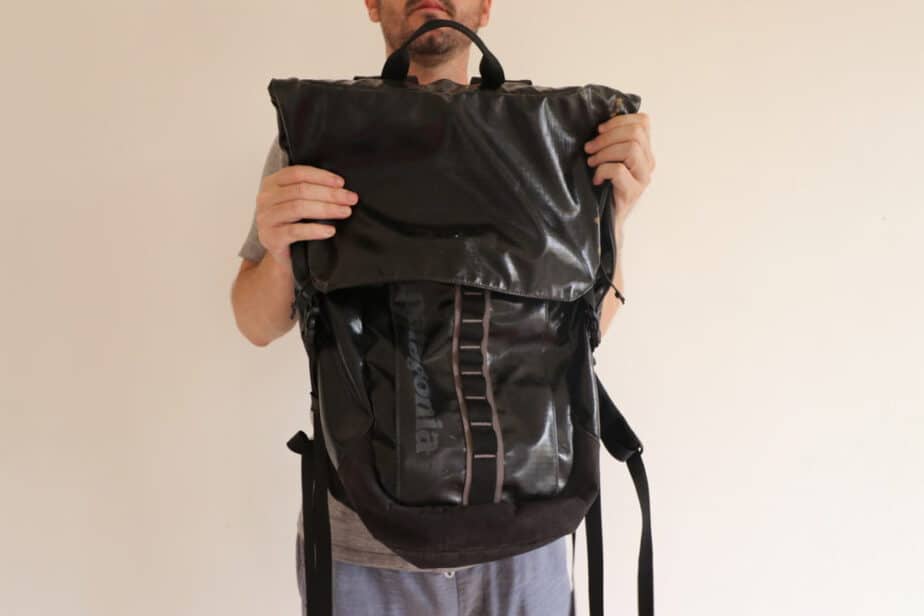
Some people are light packers like myself and like only one bag.
Others will back so much they are prepared for any situation (that’s my dad!). No matter how you prefer to pack, these are some essential items to take, and some you can leave behind.
DO: Bring Charcoal tablets and Grapefruit Seed Extract
If you feel your stomach rumbling after a meal, take the charcoal tablets and grapefruit seed extract immediately.
Some people take grapefruit seed extract in water before meals, because it has a lot of antioxidants as well.
DON’T: Bring Sunblock or Mosquito Spray
You will need them, but you can go to a store or market and find them in India easily.
DO: Bring High-Quality Merino Wool Shirt
You can wear a shirt like this for days, wash it in your sink, let it hang dry through the night, and it’s ready to go the next day.
DON’T: Bring Too Many Clothes
You can have shirts tailor-made for you here for $5 to 7$. Bring the essentials but there are plenty of inexpensive high-quality clothing options here.
DO: Bring Long Pants and a Long Sleeved-Button Up Shirt
Indians dress modestly and will wear pants and long-sleeves, even when it’s over 105 F.
In some temples, you can NOT show your knees or your shoulders though. One outfit like this will probably be helpful for you. F
DON’T: Only Bring Thongs
A lot of Indians walk around barefoot or thongs, however, if you’re on your feet at all you’ll want high-quality shoes or sandals.
I recommend Chacos, or another top brand. You will want a model you can easily slip on and off.
Bring thongs as well for short trips or to wear in your hotel.
Technology
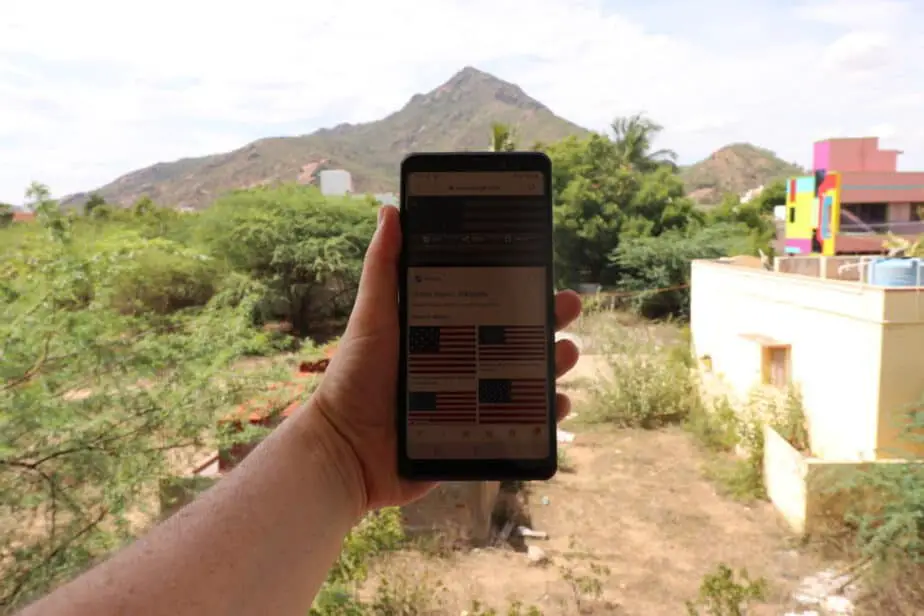
DO: Bring an Unlocked GSM Phone
This is the only type of phone that you can put a local Indian SIM card in.
I pay less than $3 for a monthly plan with all the calls, texts, and data I need.
Here’s how to use an American or International cell phone in India.
DON’T: Bring Your DSLR Camera
Are you really going to lug this big camera around?
When I use mine, it can actually make it harder to get candid street photography. I did bring mine but I don’t use it as much as I would have thought.
DO: Get a VPN
Buy a monthly plan at ExpressVPN, as this is one of the best. You can protect yourself from someone hacking your computer on hotel, restaurant or coffee shop wifi networks.
DON’T: Bring a Travel Converter
Most people only need a travel adaptor + surge protector like this one.
It will let you plug in your laptop and has 2 USB slots so you can charge your phone and another device. Only get a travel converter if you have devices that people don’t normally travel with (blender, coffee maker, etc). Or you just want to be extra safe and will use a large number of outlets like myself.
I use a travel converter and can plug in all my devices, however, most travelers do NOT need it.
Finances
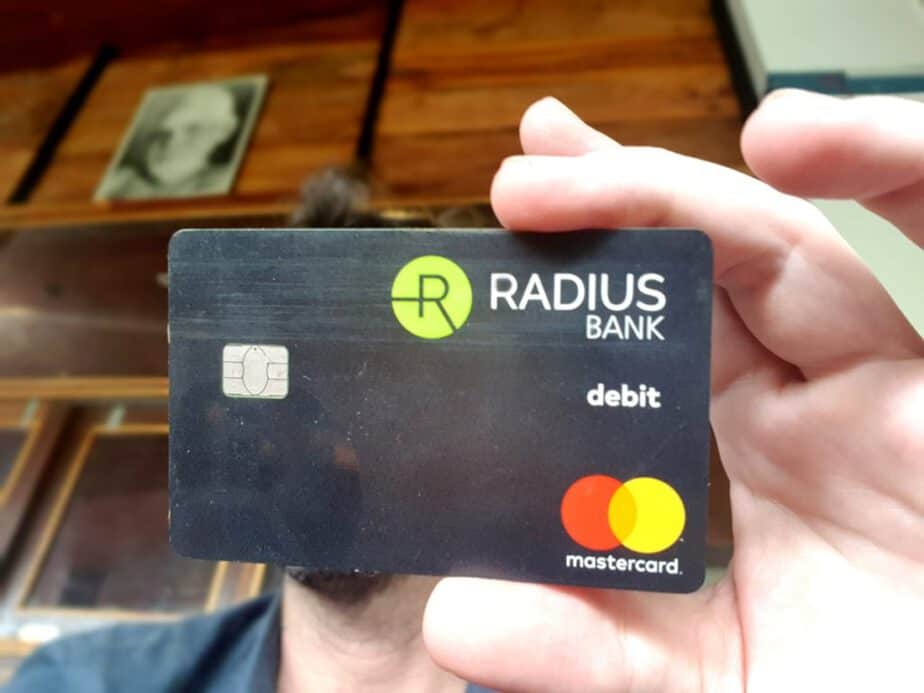
DO: Get an ATM card that has Low or Zero ATM Fees.
With Bank of America, I would pay $12.50 each time I drew out $150. Now I use Radius and pay no ATM fees, with just a 1% foreign transaction fee ($1.50 on $150). Charles Schwab High-Yield Checking Account has no fees at all.
Here’s how you can avoid paying ATM fees when traveling in India.
DON’T: Use a Credit Card that has Foreign Transaction Fees
I use Discover Card and don’t pay any fees on my transactions. There are others.
DO: Tell Your Bank You are Going To India
Put in a travel notice, or they may lock your account.
Arriving In India
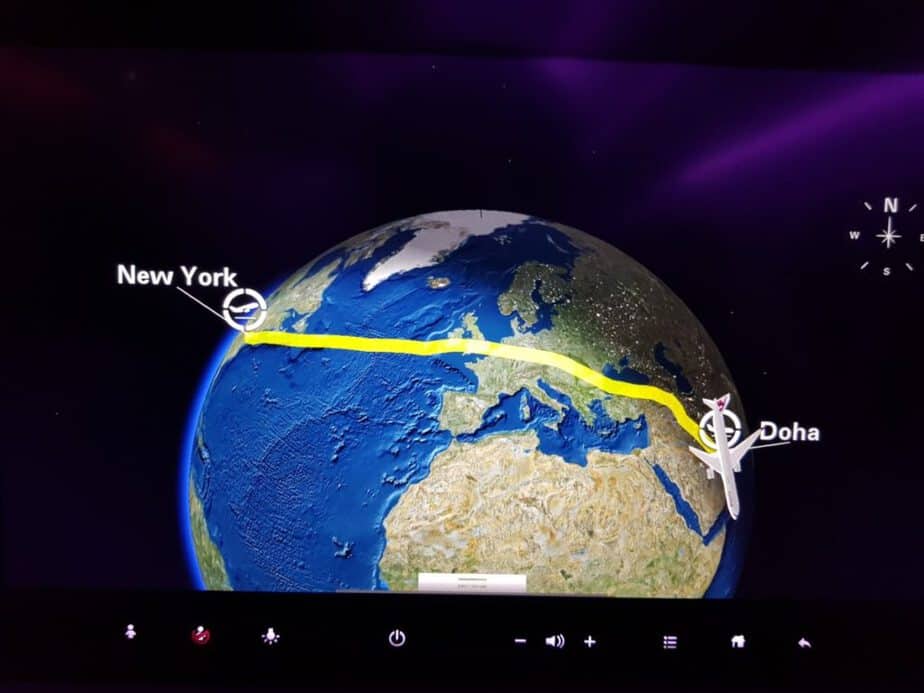
Once you arrive, you are going to feel overwhelmed unless you’ve been to many similar countries.
Walking out of the airport at 3:30 am, I couldn’t believe there were lines of people forming a chute for me to walk through. Don’t these people sleep?
Then the fleet of taxi drivers came to pitch me for a ride. Here are some tips to help you adjust…
Transportation
DO: Use Uber
Instead of taking a local taxi, I paid 25% of the taxi price and used Uber to go from the airport to the hotel. I used the same app that I had used in the USA. Ola Cabs is another one, it is the Uber of India.
Here’s a complete guide on using Uber in India.
DON’T: Pay Full Price on Taxis or most anything
As a traveler, if you walk up to a taxi driver and ask for a ride, he’s going to quote you 2 to 3 times the actual price he will take you there for. Shoot to get him down 50% and you will be doing pretty good.
Here’s a script to get a fair price on a rickshaw.
DO: Agree on the Price BEFORE You Start Driving
If you wait to negotiate until the end of the ride, they will quote an even higher price and you have lost your advantage of being able to walk away.
DON’T: Go to the Hotel the Taxi Driver Suggests
Here’s the scam… you say, “Please take me to the Hilton Hotel.” The taxi driver says okay. Then you are driving and they make a call to the “hotel.” They then say, “Oh sir, the hotel has no more bookings. I know another good place I can take you.” Then he gets a finder’s fee at the other hotel.
Another good thing about Uber: The drivers won’t do this.
Scams
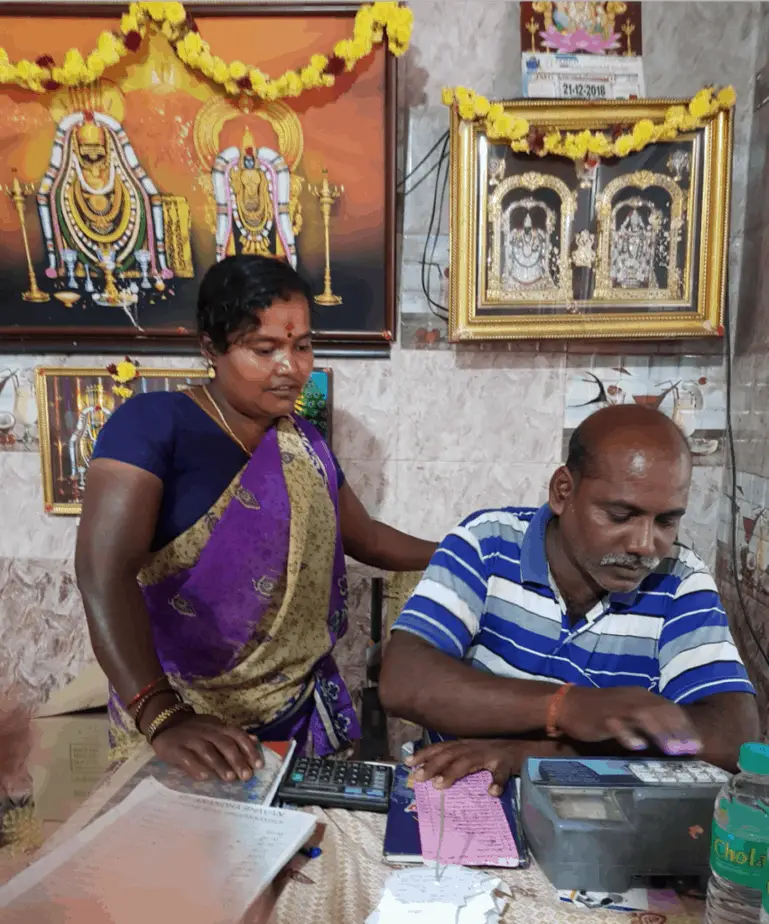
You’ve heard the rumors, and they’re mostly true. I shared the hotel-taxi scam above. Here’s how to avoid some others…
DO: Count Your Change
One simple scam is that you’ll be given the wrong change.
You’d think at government tourist sites, this wouldn’t happen but it does. Always count your change.
DON’T: Accept Ripped Bills
The other vendors won’t accept them. But they will give them to you.
DO: Check the MRP
It’s the Maximum Retail Price and it’s printed on every product. It’s against the law for a vendor to charge more. But they will sometimes try, especially around big tourist sites.
DON’T: Believe the First Price
In street markets or anywhere the price is not listed, it’s up for negotiation. When you ask the price, similar to taxis, they will quote you a price 2 to 3 times more. Shoot to get them down to half price.
DO: Ignore Touts and Street Salesmen
You’ll have people coming up to try to sell you things and at times they can be very persistent. I have watched local Indians handle this and I’ve learned a 4-step approach to getting rid of them:
- Ignore: Just keep doing what you’re doing and don’t make eye contact.
- Wave Your Hand: If they keep at it, I barely raise my hand near my waist and wobble it like ‘no.’ I don’t make eye contact.
- Tell them No: If they keep on and my hand waving is not working, then I will look at them and say NO. That usually works.
- Walk away
DON’T: Give to Beggars
You’re going to see beggars who will pull your heartstrings. Kids, women with babies, old women with adorable faces… in general, it’s best not to give though.
The reality is: In some cases, the money may not go to them, but to the local underground network they ‘work’ for.
It’s your money of course, and I live in one place so I see the same people over and over again, so I have given at times. But do NOT feel like you must give.
DO: Generally Trust People Though
Most of the Indian people are super sweet and will help you.
However, these probably won’t be the people coming up to you all the time. Instead, the people to trust are probably going to be more shy, so if you need help look to the locals who are less likely to approach you. Then go up and ask them for help.
DON’T: Take Anyone Back To Your Hotel or Home
I made this mistake. A local man helped me find a good deal on a bed and arranged delivery. That was good.
But then he would come to my house every couple of weeks asking for money. Then bringing friends. Then one night my water pump was stolen. 😔
Culture
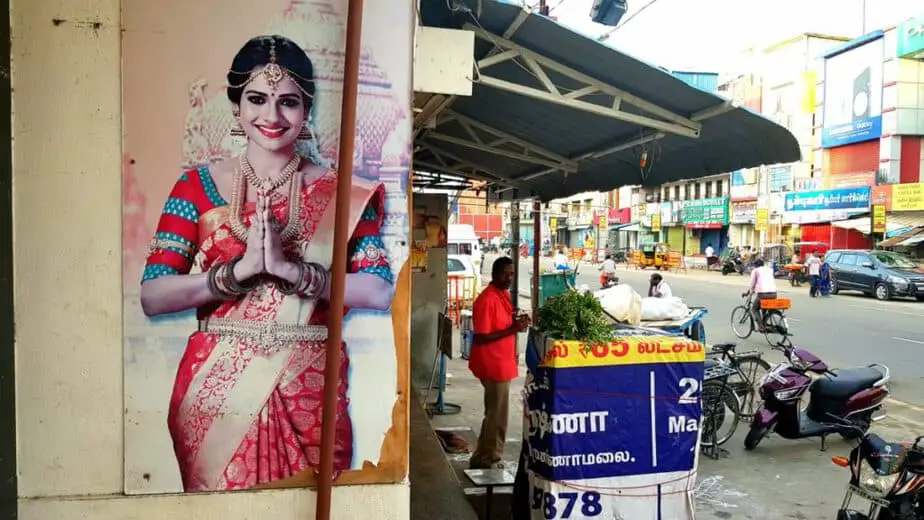
DO: Greet people with Namaste
Put your hands together, palms touching, fingers pointing upward and make a slight bow. It’s used to show respect to a higher power.
DON’T: Touch the Opposite Gender
Men shouldn’t shake hands or touch women. Women should be wary of touching men. However it’s okay for women to shake hands to greet women, and men with men as well.
DO: Wobble Your Head
It’s like nodding your head in the West. It’s a sign of agreement or understanding or hello. It’s tricky to learn so practice, haha.
DON’T: Be Generally Polite
Family and friends do not really say ‘thank you’ to each other here. It would be their pleasure to help so it wouldn’t make sense to receive a thank you.
Same for restaurants. The waiter is getting paid to help so doesn’t expect a thank you.
DO: Be Specifically Polite
If the chai was amazing, then say, “The chai was amazing.” Give them a specific compliment, especially if it’s about their hospitality and they will be very happy.
DON’T: Wait in Lines
Just walk towards the front. That’s what everyone else will pretty much do. Also, hold your place in line and don’t leave space for someone else to walk in front of you.
DO: Respect the Cow
In Hinduism, the cow is a sacred animal. Many families in villages need the milk of the cow to survive and cow paddies are the easiest form of fuel for their fires which are necessary for cooking and heat.
DON’T: Pet the Pups
Rabies is a problem here. My aunt is a veterinarian who loves dogs but every time I talk to her, she warns me not to pet them. “No matter how cute!”
DO: Use One Hand Only (Usually the Left)
The plumbing can’t handle toilet paper here, so they use a hose and a hand. It’s usually their left so you will generally hear to not touch anyone with your left hand. If you’re left-handed though it’s okay to not use your right.
DON’T: Be Too Punctual
It’s considered rude to be on time. Be about 15 minutes late.
DO: Expect “2 minutes” to mean 15 minutes
If you’re waiting to meet someone and they say “2 minutes,” that means 15 minutes to 30 minutes. If it’s an internet repairman, it may mean we’ll get there tomorrow 🙄
DON’T: Expect Everyone to Speak English
There are at least 25 languages in India. Hindi and English are the most popular, but people speak Tamil where I live.
DO: Learn a Few Words of the Local Language
Vanakkam means Good Afternoon in Tamil.
Nandri means Thank you.
Many people speak some English so it’s not necessary to use Tamil, but it seems appreciated.
DON’T: Question Someone’s Sexuality
Men hold hands here in a friendly way. India is actually pretty homophobic still, and gay sex is illegal so I’d avoid this topic.
DO: Keep Your Sexuality to Yourself
If you’re in the LGBT community, it’s best to not share that information as you probably will not receive the same treatment.
DON’T: Call Everyone by Their First Name
Elders expect to be called Sir or Ma. Or add a Ji after their name.
DO: Expect Intrusive Personal Questions
- If you are alone, they will ask if you are married.
- If you are with someone, they will ask if you are married. If not, they will ask when you will get married.
- They will ask about your job.
- They will ask how much money you make.
It’s a part of the culture and is small talk for them. It is the way to bond.
DON’T: Always Tell the Truth
You can lie about the personal questions if you want. For instance, I don’t share how much money I make or the details of my work.
Single women might want to say they are married.
DO: Avoid Political or Religious Conversations
There are so many religions in India, and their values and rituals are personal. They won’t feel comfortable sharing because they may feel judged.
Also, the political situation is sensitive, so you could inflame feelings and cause them to be directed to you.
DON’T: Mention the Kashmir Situation
Just avoid the whole topic altogether or anything with Pakistan.
DO: Appreciate Cricket
Indians love their cricket. You can see kids playing most evenings. If you aren’t a huge fan, humor them and ask them about it.
DON’T: Do PDAs
If you’re with your girlfriend or boyfriend, avoid kissing in public. In big cities, you may get away with it, but in small towns, you could be mocked. They may question your upbringing, haha.
Business Social
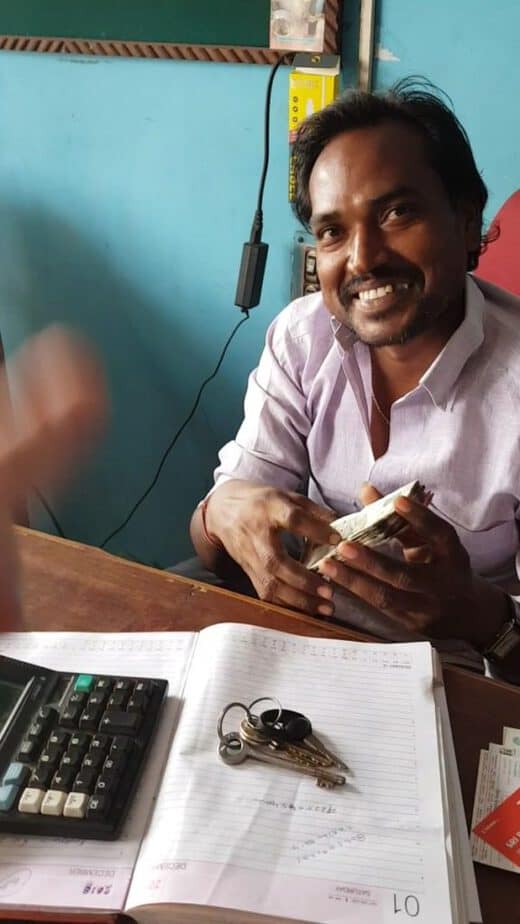
DO: Make Small Talk First
They want to get to know you personally before getting to the task at hand. Show you care about them as people first.
DON’T: Pronounce His or Her Name Incorrectly
Practice beforehand so you can get it right.
DO: Bring a Colleague to a Meeting to take Notes
If you take notes, they will assume you are not in charge and will be at a disadvantage if there are negotiations. Bring a colleague.
DON’T: Assume You can Use Their First Name
Call your associate Mr, Mrs, or Miss. First names are only used by close friends or family members. This could harm your business relationship.
Safety
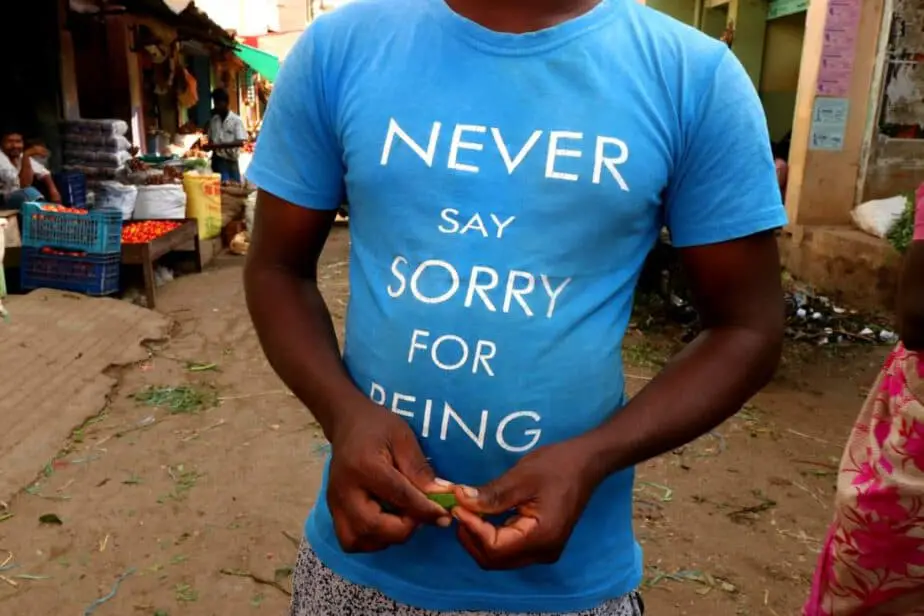
DO: Be Assertive when Necessary
If someone is hassling you on the street, tell them to back off. If they continue, find a policeman.
If a taxi driver is only willing to do a super high price, walk away.
DON’T: Walk Alone at Night
I have never run into trouble but I also follow this advice.
Trains
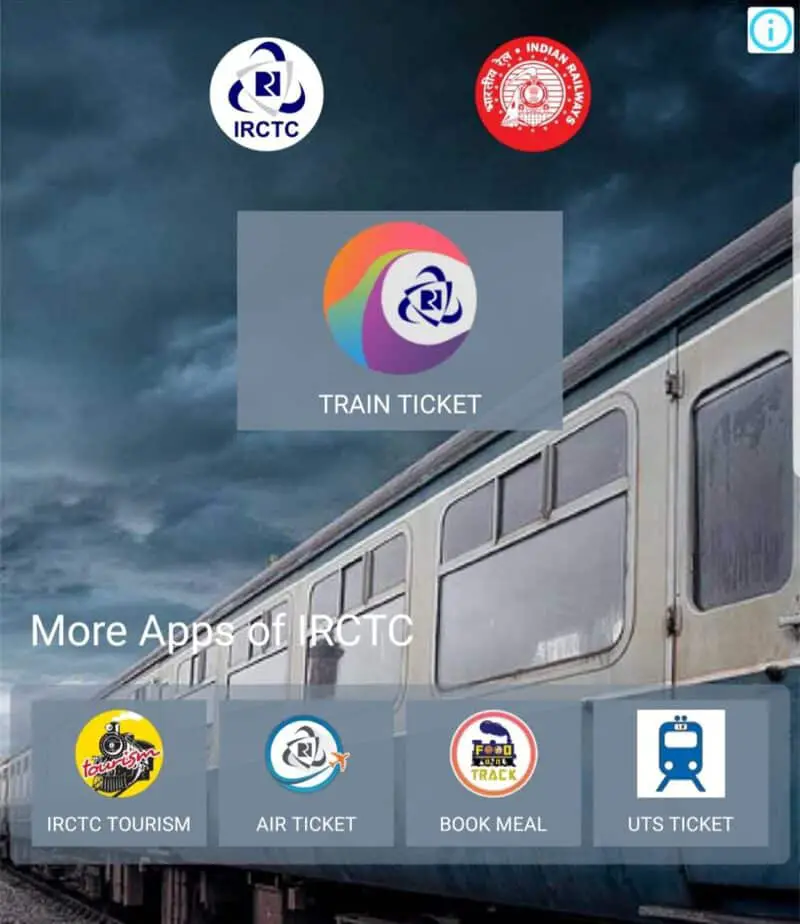
DO: Book Your Train Online
The IRCTC website will let you book your trip with an international credit card.
DON’T: Book a Standing Class Ticket
This is the most inexpensive ticket, but you may be crammed in like sardines. It also may be a bit of a wrestling match for space.
DO: Book a Reserved Ticket or Sleeper
The price is very reasonable for a better ticket, and you will be with families and women. You will have a place to sleep and can get to your destination comfortably.
DON’T: Leave Your Backpack Unlocked
Use a backpack lock so you can sleep without a worry in your head that you will lose your precious stuff.
DO: Bring a Travel Alarm Clock
You are responsible for knowing when your stop comes up, so if you fall asleep AND your phone dies, then you could miss it. Pick up a simple travel alarm clock so you can comfortably sleep knowing you will make your stop.
DON’T: Buy Train Tickets through Unauthorized Vendors
You may be kissing those hard-earned dollars goodbye. Find an authorized travel agent or book online or at the station.
DO: Request Upper Tier Sleeper Seats
These always stay down so you can lay on them and snooze the entire trip. During the day or meals, the bottom and second tier are put away so people can sit to eat.
DON’T: Order Food on the Train
If you go check out the cooking car, you will see why. Instead, try Travelkhana, it’s like Uber Eats when you’re on an Indian train. The app is partnered with restaurants near popular train stops and you can have food delivered.
Check out this article if you want to learn about 40 other useful apps for traveling in India.
Food
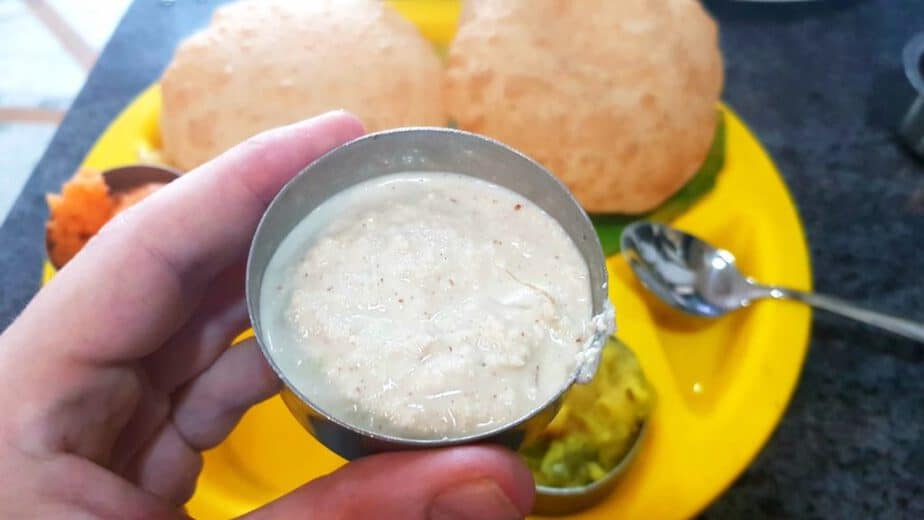
DO: Use Lots of Hand Sanitizer
Noroviruses, the most common cause of stomach flu, Hepatitis A, Nosocomial infections (from E. coli) are most commonly spread when people don’t properly wash their hands.
DON’T: Drink Tap Water
21% of India’s diseases are water-related. Over 329,000 children under 5 die due to diarrhea in India in 2015. Imagine if the locals are getting sick, how your foreign stomach will react.
DO: Bring Napkins to Dinner
You can wipe any water off your plate. Not necessary at nice hotels or Western restaurants, but helpful at more local places. They might wash the plates in tap water!
DON’T: Eat Raw Foods
Cooking will kill anything that will get you sick. In general, only eat cooked foods unless you wash them yourself. Or if you’re at a nice hotel or restaurant for travelers.
DO: Eat with Your Hands
Probably safer than the utensils which could have been washed in tap water. Plus, it is said to heighten the pleasures of eating 👌
DON’T: Think that because Something is Deep-Fried it is Safe
There may be something still uncooked within.
DO: Peel Your Banana with One Hand
Bananas are one of the safest foods you can eat off the street. You just don’t want to touch the outside of the banana and then use that hand to eat it. Peel with one hand, eat with the other.
DON’T: Drink Raw Juice from Street Vendors
It looks delicious on a hot day, but you can’t be sure if they used tap water.
DO: Buy Street Food from Busy Places
If the stand has many locals and travelers, and appears clean and hygienic, there is much less risk of a health problem.
DON’T: Buy Street Food from Quiet Places
Some people get sick from a busy nice place. Others eat everywhere and never get sick. In general, if the place is not crowded and the food looks like it is just sitting around, do NOT eat there.
DO: Only Eat with One Hand
It’s usually your left. It could be your right. Just choose and stick with it.
DON’T: Eat Beef
It’s actually illegal in some places. You don’t even want to say you eat beef because it might offend someone.
It’s probably better for you too. I haven’t eaten beef in India, but the beef that I had in Sri Lanka wasn’t the same as Texas beef. It was a bit game-y you might say, haha.
DO: Drink as much Chai as possible
Yolo.
DON’T: Overeat
An Ayurvedic medicine man will tell you about the reasons this could throw off your energy. All I can say is that usually when I’ve gotten sick, it’s because I’ve eaten too much.
DO: Tip 10%
Tipping is not expected, but a 10% tip is appreciated and considered generous. Just give it directly to your waiter or leave on the table. In some restaurants, the owner will take it if you don’t give it directly to the waiter.
Bathroom
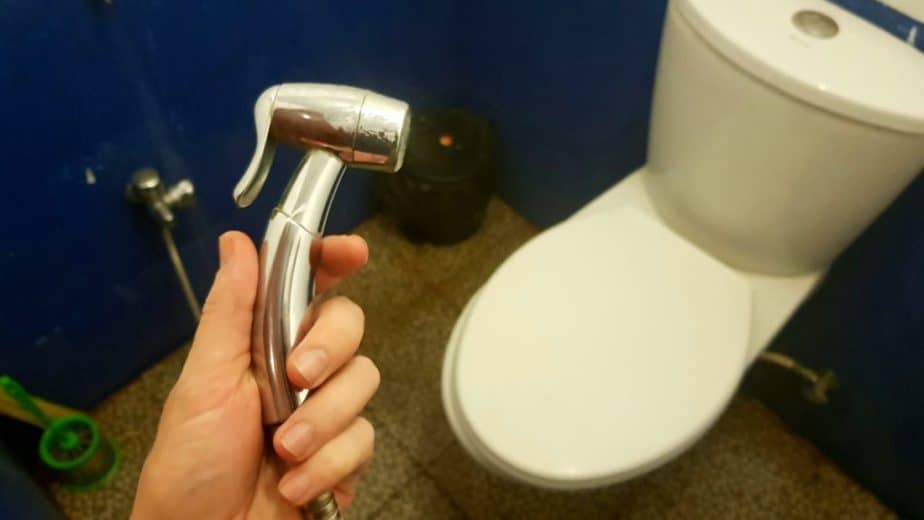
DO: Bring Your Own TP
India is like camping. Come prepared. Keep some toilet paper in your pocket.
DON’T: Put TP in the Toilet
Usually, there’s a sign warning you about this, but the plumbing can’t handle it.
Clothing
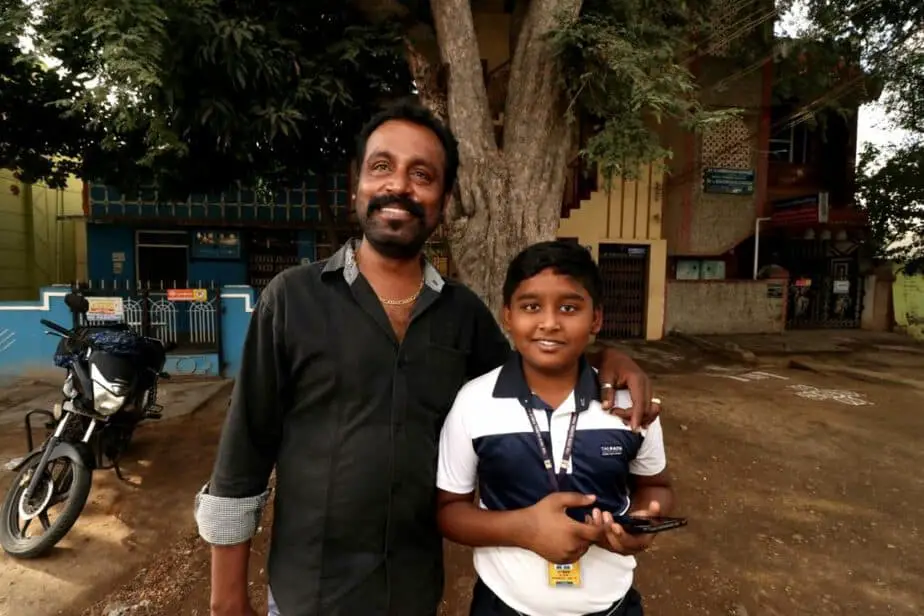
DO: Dress Modestly
Leave the booty shorts and muscle tees at home. Most people wear pants and long-sleeved shirts no matter what the season.
DON’T: Wear Revealing or Tight Clothing
Loose-fitting clothing will be more cultural accepted, as well as more comfortable with the weather.
DO: Buy Local Clothing
It’s reasonably priced and could mean you’ll have fewer beggars and touts harassing you.
DON’T: Wear Shoes Indoors
In homes, temples and many shops, you will take off your shoes before entering. Therefore it’s best to leave the combat boots as home, as you’ll have a heck of a time taking those off each time.
DO: Wear Whatever You Want in Goa
Goa is in its own universe, and with all the beaches and tourists, you can wear whatever you want.
DON’T: Wear Technical Fabrics
I like natural fabrics like cotton, linen or merino wool. While some technical clothing may wick moisture, it may make you look a bit odd like you’re going trekking in a big city.
Dinner With Locals
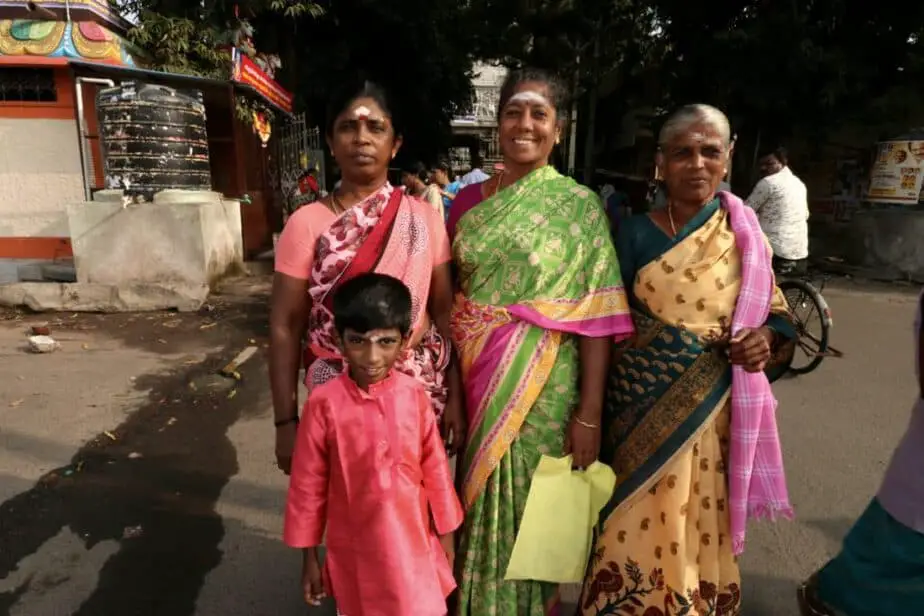
DO: Accept all Food and Drink
In India, the “guest is God” and they will love to feed you and fatten you up. It is considered rude to refuse food so do accept everything, even if you don’t eat it all.
DON’T: Say No to an Invitation
If someone invites you to an event that you can’t make, say “I’ll try” or “Maybe” or “let me get back to you.” They would be offended if given a direct refusal.
DO: Except to Wait a bit Before the Meal
At someone’s house, they’ll have a drink or a chai or a snack and talk before dinner.
DON’T: Start Eating Before Everyone has Been Served
It is customary to wait for everyone before beginning.
DO: Have “A Little More”
It is considered a sign of enjoyment to eat a lot of the meal, so they will keep asking you. Want a little more? What about this? Say you’ve had enough before you’re full so you can easily consent to “a little more” without stuffing yourself.
DON’T: Help With Dishes
It is considered rude to help the host with anything, so allow them to serve and wash the dishes.
Taboos

DO: Greet People with a Huge Smile
They will take that as a sign you like them.
DON’T: Point Your Feet at Anyone
If you’ve picked up this nasty habit, haha, try to lose it before coming to India. Feet are considered the lowest part of the body and it is rude to point your feet towards anyone.
DO: Respect Temple Rules
There are different rules for different temples. In some you can’t wear shorts, in others you must cover your head.
Often times tripods are NOT allowed.
DON’T: Pay for Spiritual Salvation or Magic Remedies
In some temples, “holy men” will try to bless you or bless your family or let you speak to your dead father in exchange for a “donation.”
DO: Avoid Alcohol in Public
Similar to Native Americans, alcoholism is a big problem here, so don’t drink in public.
DON’T: Smoke as a Woman
You can of course, but just know that it will be interpreted in a certain way.
Women who smoke would be thought of as immoral, whereas men can smoke like chimneys. Maybe this is one you want to break if that’s your thing 😎

